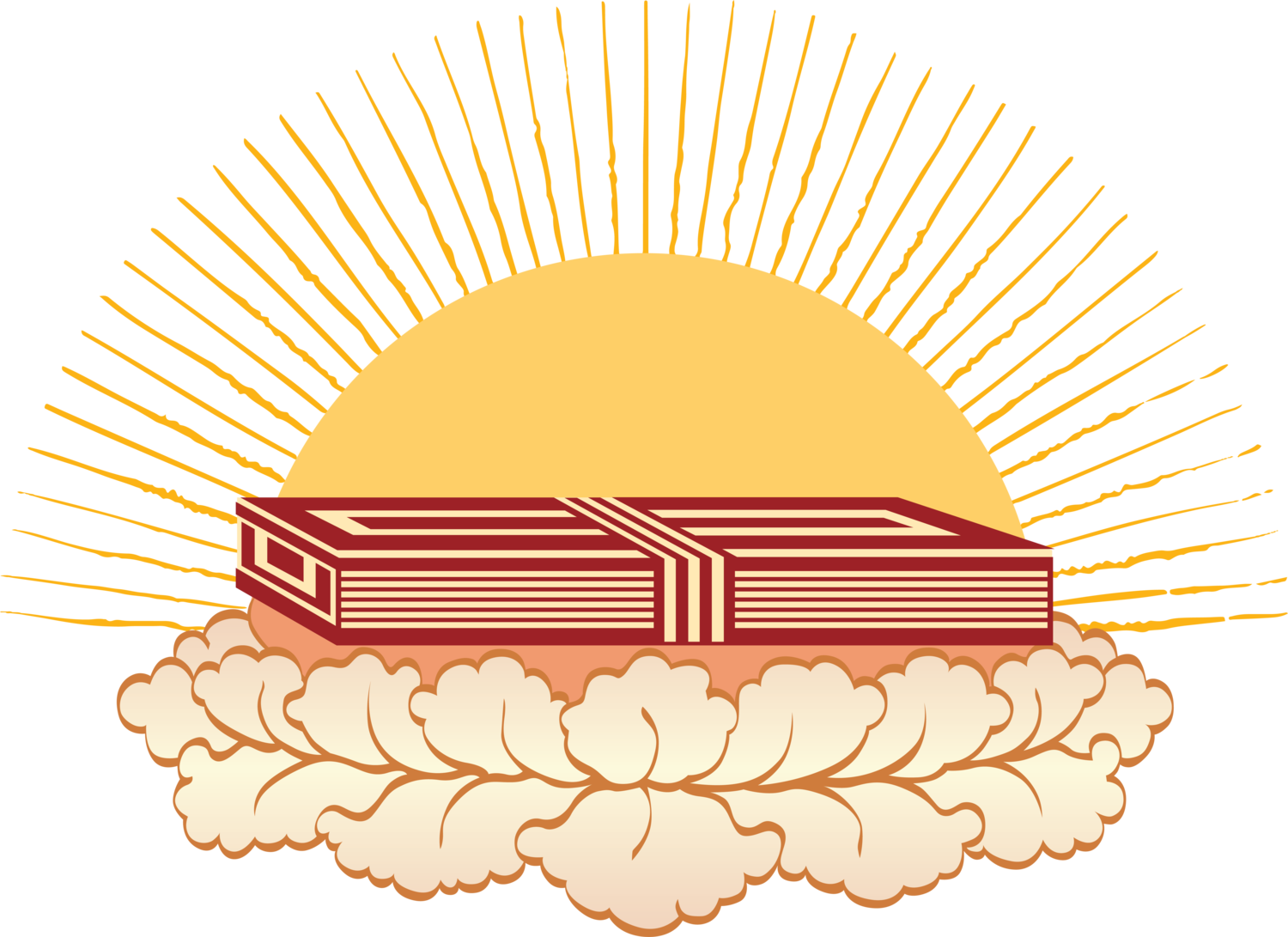Treasury of Blessings - Mantra Counter Questions and Answers
Here are Lama Gerry's answers to some questions about the Shakyamuni Buddha mantra accumulation project. If you have questions not answered here, email us at info@rygroupeast.org and we'll do our best to get your question answered.
Can we do the mantra recitation without the sadhana first?
You can chant the mantras without doing the sadhana. You just can't count them. For the mantras to be counted, they really should be chanted within the context of the sadhana. Chanting extra mantras that you are not counting in-between sessions is, however, very good to do. It reminds us that the practice never really stops.
Why chant the sadhana in Tibetan? If we don't speak Tibetan, does it make sense to do it in fully in our own language?
There is a powerful blessing that comes from doing a practice in its original language, in this case that is Tibetan. Plus there is a lineage of such beautiful tunes for the Tibetan. If the original language is just gobbledygook to you, then chant in English. You will then have the meaning, though the lineage melodies won't fit. Or chant in both languages. Your choice.
How many times should we do the dharani mantra vs. the mantra without "tedyata"? And what is the difference?
According to Lama Tsultrim, the ratio of dharani with tedyata : without tedyata is about 2:1 or 3:2 . which just means chant a bit more tedyatas. As it says in the text, the first recitation is more of an invocation, the second is a post-invocation recitation.
What is a short explanation of the meaning of the mantra itself?
Tedyata - in this way (as in, "Buddha Shakyamuni's concise mantra is chanted in this way...")
om - enlightened body
muni - sage
maha - great
soha - sort of like "amen"
Homage to the awakened form of the sage of sages, the great sage, amen.
or
May the awakened form of the sage of sages, the great sage, take root in me.
